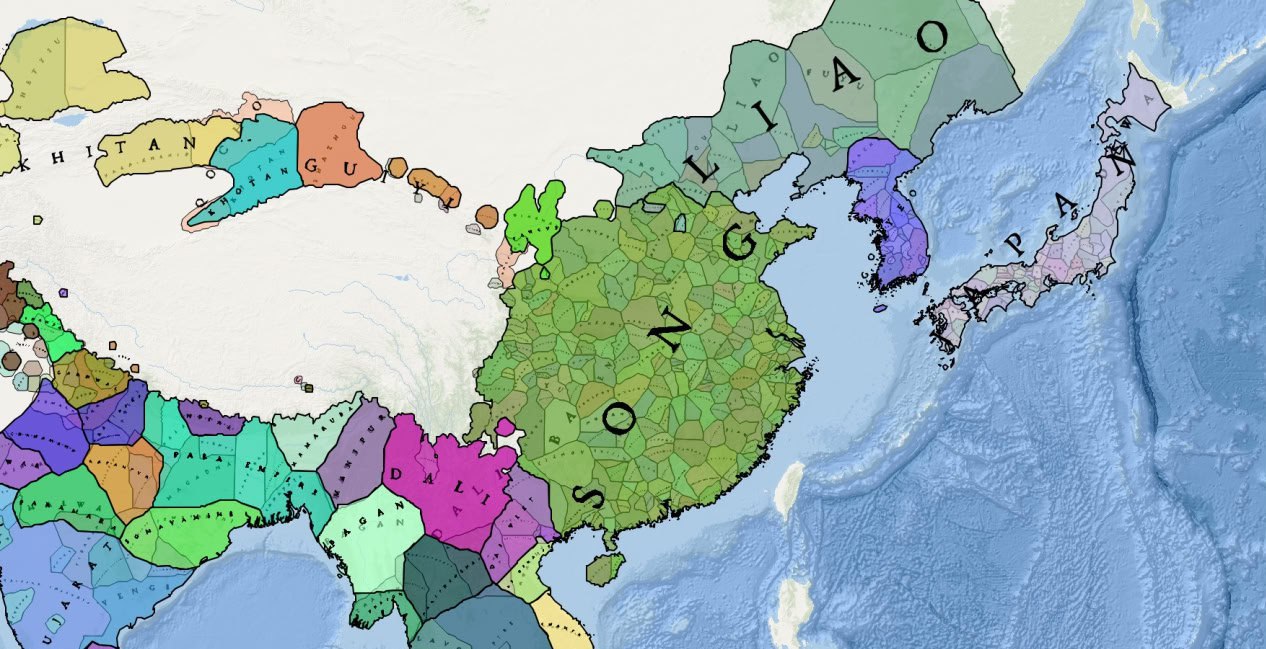Transformation of Historical Data through AI
Hey everyone! Today, we're diving into how AI is breathing new life into historical documents. We'll look at two fascinating studies: one on extracting address info from old postcards and another on turning historical maps into satellite images. Both showcase the magic of AI in making history more accessible and exciting.
Extracting Addresses from Historical Postcards
In the paper "Greetings From! Extracting Address Information From 100,000 Historical Picture Postcards," researchers used computer vision (CV), handwritten text recognition (HTR), and large language models (LLM) to automate the extraction of address information from postcards. Here are the key aspects of their research:
- CV Model Accuracy: The YOLOv8 model achieved an impressive mAP of 0.94, effectively identifying address areas.
- HTR Performance: The Text Titan I model had a character error rate of 7.62%, demonstrating solid performance given the diversity of handwriting styles in the dataset.
- LLM Usage: GPT-4 successfully structured and extracted address information, achieving an average error distance of 36.95 km compared to ground truth.
The study tackled the challenge of manually transcribing and analyzing a vast number of historical postcards, a task that would traditionally take a lifetime. By leveraging a combination of advanced AI techniques, the researchers were able to automate this process, significantly speeding up the analysis. The dataset included postcards from Belgium, France, Germany, Luxembourg, the Netherlands, and the UK, dating from the late 19th to 20th centuries. This methodology not only facilitated the extraction of address information but also opened the door to reconstructing historical spatial networks, offering insights into historical communication patterns.
This methodology significantly speeds up the analysis of historical documents, making it possible to reconstruct historical information exchange networks. Future research could explore extracting other types of information, like stamps and messages, further enriching our understanding of historical documents.
Synthesizing Satellite Images from Historical Maps
In "Synthesis of Satellite-Like Urban Images From Historical Maps Using Conditional GAN," the authors describe a method to transform old maps into modern-looking satellite images using conditional generative adversarial networks (GANs). Here are the key aspects of their research:
- Model Architecture: The method is based on pix2pix, a conditional GAN for image-to-image translation.
- Segmentation and Context: Using label maps to create context improves the quality of the synthesized images.
- Experiments and Results: Adding context significantly enhances the accuracy and visual match of the output images.
The researchers addressed the challenge of making historical maps more comprehensible to the modern viewer by converting them into satellite-like images. This transformation was achieved using a conditional GAN, specifically the pix2pix model. The process involved generating label maps from historical maps, which were then used to train the model to produce satellite images. The inclusion of contextual information, such as architectural and geographical details, was crucial in enhancing the accuracy and realism of the synthesized images. The study used maps of Recife, Brazil, from 1808 as a case study, demonstrating the model's ability to produce visually convincing representations of historical urban settings.
This approach produces high-quality synthesized satellite images from historical maps, aiding historians and researchers in visualizing and understanding historical urban changes. The synthesized images help study landscape and urban structure changes over time and are useful in various fields, including history, archaeology, and urban planning.
Both studies highlight the transformative power of AI in history and other science fields like digital humanities. These technologies not only facilitate the analysis of historical data but also open up new research possibilities. Using AI to analyze historical documents allows us to view the past in a new light, making it more accessible and engaging for today's society.
Stay tuned to our blog for more on how modern tech is reshaping our understanding of history!









